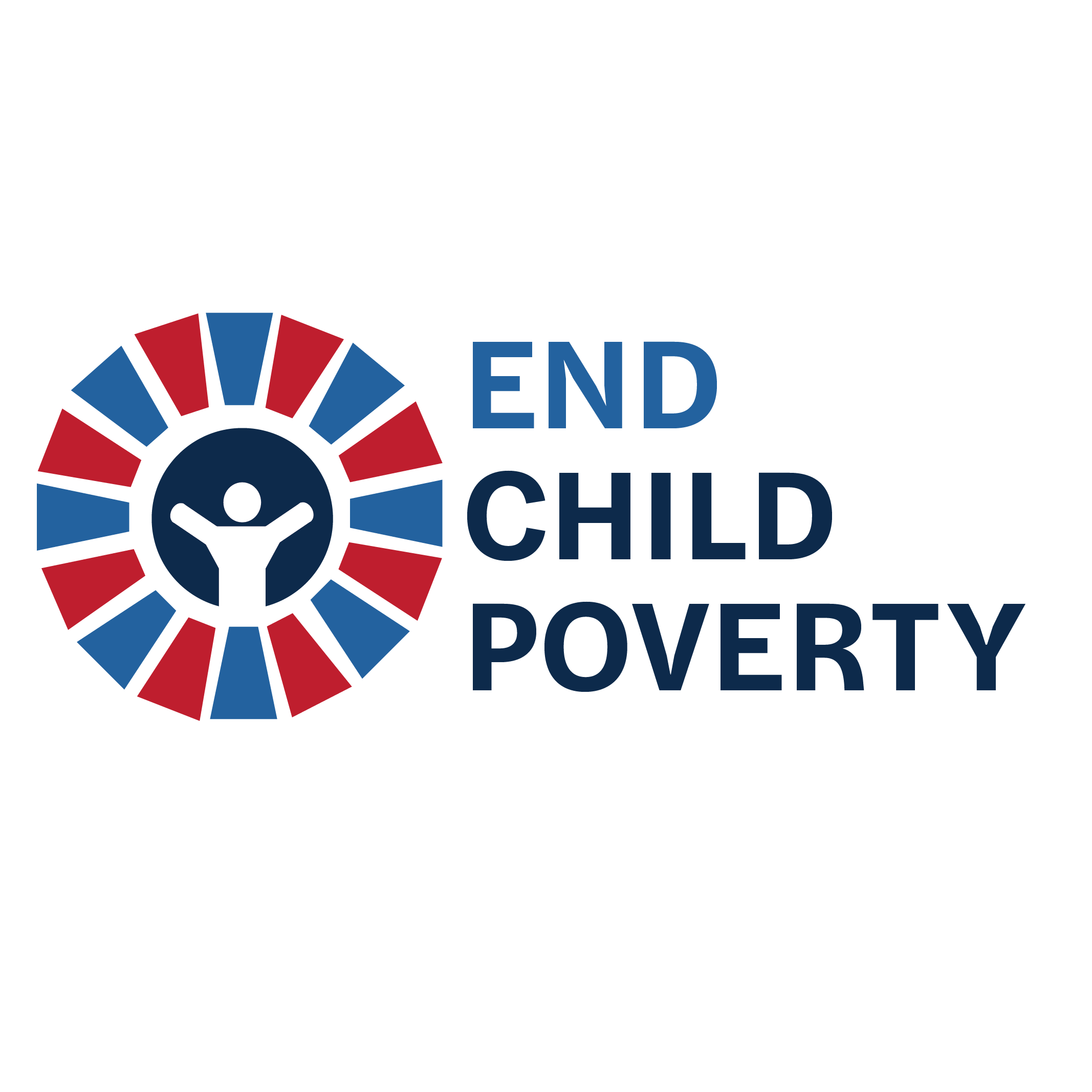The Situation
All children deserve the chance to reach their full potential. Yet the inequality gap in our nation continues to grow with children at the forefront. Children are one-quarter of our population but all of our future - so when all children succeed, we all benefit.
The United States has a higher child poverty rate than other wealthy countries. The United States has historically had a higher level of child poverty than other wealthy countries because we have failed to sufficiently invest in our children. We spend much less than other countries on cash benefits for children, which have a bigger impact on reducing child poverty than any other mechanism. This trend reversed in 2021, bringing our rate closer to that of other wealthy countries, but we have since backtracked on this progress.
Poverty affects children of all races, ethnicities and geographic areas. Yet due to our nation’s legacy of racism and discrimination, historically marginalized populations, including racial and ethnic minorities, indigenous nations, immigrants, and communities residing in territories continue to experience significantly higher rates of child poverty. Anti-poverty policies therefore must be equity-focused and effective in addressing chronic poverty and its root causes.
Poverty damages childhoods and our economy. Science demonstrates that kids benefit from resources and opportunities provided at an early age that positively impact their lives and their long-term economic contributions, regardless of their family’s socioeconomic status. When we don’t give children a healthy start in life and sustain them through their physical and intellectual growing years, they are more likely to have poor developmental outcomes, increasing the likelihood that they will become poor adults. Supporting households, especially households of color, with children in building assets and developing savings for higher education, homeownership, retirement and other assets can be critical for breaking the cycle of generational poverty and building generational wealth. In addition to the human toll poverty takes on children’s lives, child poverty also negatively impacts our national economic security and prosperity, costing our nation over $1 trillion a year.
The ACTION WE CAN TAKE
Child poverty is solvable when there is the political will to address it. Domestic and international anti-poverty initiatives demonstrate that we can successfully reduce child poverty. For example, the United Kingdom cut child poverty in half between 2000 and 2010 through a national commitment and coordinated strategy to drastically reduce child poverty. The federal government should learn from effective policies and practices practiced abroad and in our nation to establish a bold target to cut child poverty in half within a decade and eliminate it within 20 years. An effective national strategy to meet this target must include cross-sector policies that include marginalized populations and communities in their design and implementation.
SIGNATORIES
First Focus on Children
Center for Native American Youth
Child Welfare League of America
National Black Child Development Institute
National Center for Children in Poverty
National Diaper Bank Network
National Prevention Science Coalition to Improve Lives
National WIC Association
Partnership for America’s Children
Prosperity Now
Sargent Shriver National Center on Poverty Law
Save the Children Action Network
Share our Strength
UnidosUS

